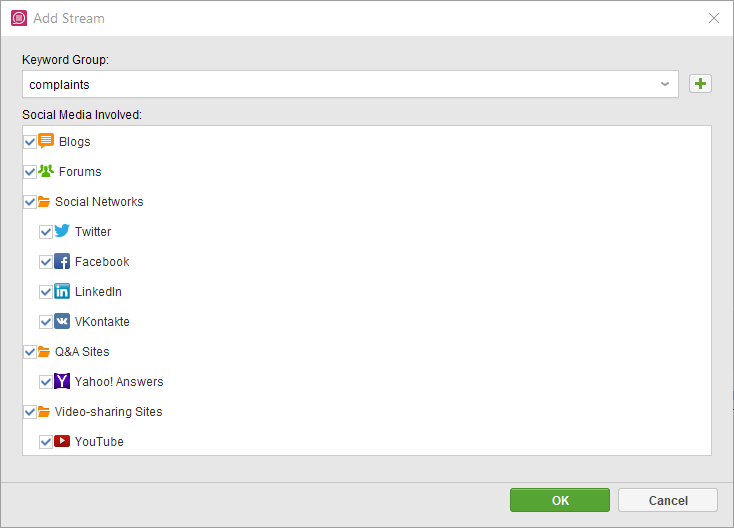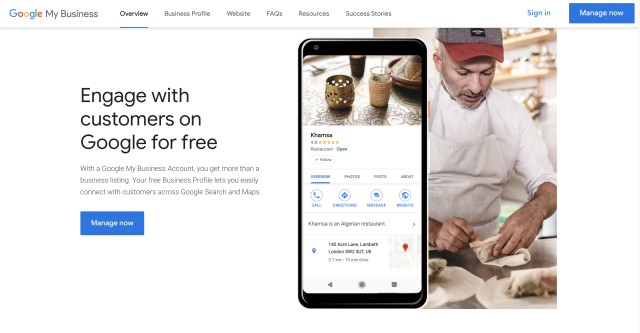Building a personal brand and a good online reputation takes time and effort, but it’s well worth it: 79% of consumers trust online reviews as much as they trust recommendations from friends, according to a BrightLocal Consumer Review Study.
But once you’ve built your brand and reputation, it is critical that you take steps to protect them. Doing that requires you to be proactive, to use the appropriate software tools, and to respond quickly to any negative comments or reviews.
Using Online Reputation Management for Personal Brand Building
Many discussions about online reputation management only focus on how to address negative situations. This is a crucial ingredient for any strategy, but it is just as important to use online reputation management in a positive way, doing whatever is possible to build your personal brand.
The first step in building your brand is, as marketing guru Pat Flynn says, to “be everywhere.” Naturally, that begins with launching a website. However, you also need to establish accounts on Facebook, Twitter/X and all the other major social media sites, and then post content regularly. Tools like BuzzBundle can help you to tap into all of the segments of your target market (because each social platform has very different demographics) to obtain the broadest reach possible.
The next step is to begin posting to your social media accounts, while also monitoring the posts of others. You should soon be able to identify the parties who are “thought leaders” in your industry, market or niche.
Follow or like them all, and then start responding to their posts. This puts you into the middle of the “community” which they lead, giving you an opportunity to build your brand by leveraging budding relationships not only with the thought leaders, but also with their followers.
After a month or so, select a controversial topic in your niche and send direct messages to each thought leader, politely asking if they would be interested in commenting on the topic for an article you are writing. Some of them will agree because they now recognize your name.
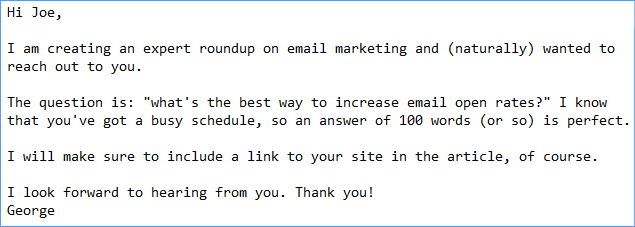
Create the article, include substantial numbers of quotes from each thought leader, and let them know where to find the content. It is highly likely that most of them will repost it, or at least post article links to their large group of followers. That will send highly targeted traffic to your website, while establishing you as an authority figure in the field. Build on this new popularity by continuing to post thoughtful content, and you should see your number of followers – and your brand – skyrocket.
Monitoring the Top Consumer Review Websites
Great consumer reviews bring in new customers, while bad reviews can quickly destroy any business. If you provide services or products to the general public, it’s critical that you keep abreast of what is being said about you and your offerings on review sites such as Yelp.
This poses a major logistical problem, though. Consumer review sites are a dime a dozen these days, and manually monitoring those sites can take hours every day. Fortunately, there are several online services that can save you a lot of time.
Here’s an example: Review Push is able to monitor all the top consumer review sites. Just type in the name of your business, brand, products or services, and the software will automatically find all the new reviews.
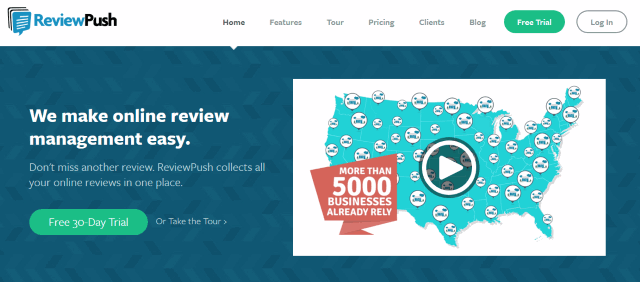
You can configure the program to either send instant alerts or just daily summaries, allowing you to scroll through all the new reviews in a matter of seconds, instead of wasting hours clicking through dozens of consumer review sites. You can even isolate the reviews which require a response, thus keeping your reputation protection process organized.
Google My Business Searches and Online Reputation Management
Google controls about 93% of all online searches. The company made a major change to its algorithm a decade ago, also taking the location of the person performing a search into account. For example, someone searching for a local Chinese restaurant won’t see website listings from around the country on Google’s first page; the results will show relevant restaurants within the area.
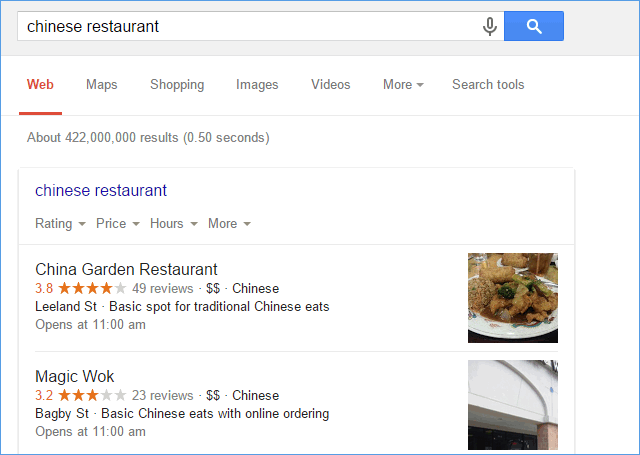
This Google approach provides businesses with an incredible opportunity, because traffic generated from local searches converts into sales incredibly well. A Search Engine Watch study found that a staggering 61% of local searches result in a purchase. That’s even more impressive when you consider that these types of search results are usually returned when conducting searches on mobile phones – the fastest growing segment for search engines.
Initially, Google used Yelp reviews to help prioritize local search results, but then switched to its own local formula. This changed in 2014 with the “Pigeon” algorithm update, in which Google applied its general search engine ranking algorithm to its Google My Business database (GMB) as well. In simple terms, a site which ranks highly in Google’s regular search results will rank highly in GMB as well.
The initial step in managing consumer reviews on Google is to make sure you’re listed in the Google My Business database. Go to https://www.google.com/business/ to sign up; if you already have a Google account, you can use its user name / password combination to login.
Search for your business, and then fill out its profile page; Google has already set up a blank template for most companies. Be sure to add as much information as possible, including links to your main website. Once complete, ask the customers to visit your Google business page and provide reviews. These reviews will appear along with your site listing in both local and general search results, where potential customers can easily see them.
Google My Business continues to grow in importance these days, because most people use smart phones to find immediate solutions to their needs. By building a base of positive reviews, you can easily stand out from the competition.
Popular Social Media Monitoring Solutions
A crucial ingredient in online reputation protection is keeping an eye out for all mentions of your company or brand on social media. This is best done with monitoring software. Here are two of the best options:
- Insights. HootSuite historically had a fairly weak social media monitoring system, but the company remedied this by purchasing uberVU, which is an excellent platform. Combined, the two systems now offer an effective, real-time view of social media through which you can track mentions of your brand and respond whenever it is necessary.
- Sprout Social is a fascinating monitoring tool. Social media mentions often reference a larger conversation which is occurring across numerous platforms. As an example, a blog post might lead to a discussion on Twitter/X – which becomes a Google Hangout session – which includes reporters – who then write articles in newspapers and magazines. With Sprout Social, you get a tool that not only monitors all the major social media platforms, but also online and offline media. This gives you a full view of all the discussions about your products, letting you quickly determine whether a response is required and where it should be directed.
Related: Business and Corporate Reputation Management
You Can No Longer Just “Ignore the Noise”
It takes a daring business owner to ignore consumer reviews and social media in the 21st century. Don’t ever do this! Protect your online reputation by monitoring and becoming active on every platform you can find, or hire an experienced ORM consultant to handle the process for you. It’s a crucial decision when it comes to building, protecting, and growing your brand.


